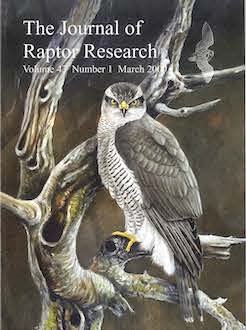The Egyptian Vulture (Neophron percnopterus) is considered a globally endangered avian scavenger. In the 1980s, Bardenas Reales Natural Park in northern Spain held the densest populations in Europe. There, the population of the wild rabbit (Oryctolagus cuniculus), the main prey of this vulture, decreased dramatically after the arrival of the rabbit hemorrhagic disease (RHD) in 1989, and did not recover. We monitored the population of Egyptian Vultures in Bardenas Reales from 1989–2007. During the study period, the number of breeding territories decreased from 56 to 26 (−54%). In contrast, the percentage of occupying pairs that laid eggs, the number of fledglings per pair, and the number of fledglings per successful nest remained stable, suggesting that the population decline was not attributable to reduced productivity. However, we found 34 dead birds, most of them poisoned, particularly in the second half of the study period (in 1996–1997 and 2004–2007), suggesting that high mortality rates could be contributing to the decline of this species. The fact that poisoning events mainly occurred outside the park suggested that the reduction in numbers of wild rabbits in Bardenas Reales Natural Park forced Egyptian Vultures to move into areas with greater human populations and higher mortality risks. We recommend implementing management measures and environmental education programs to prevent the illegal use of poisoned baits in the area surrounding the park.
How to translate text using browser tools
1 March 2009
Long-Term Trends in Population Size and Breeding Success in the Egyptian Vulture (Neophron percnopterus) in Northern Spain
Ainara Cortés-Avizanda,
Olga Ceballos,
JoséA. Donázar
ACCESS THE FULL ARTICLE

Journal of Raptor Research
Vol. 43 • No. 1
March 2009
Vol. 43 • No. 1
March 2009
Bardenas Reales Natural Park
Egyptian Vulture
mortality
Neophron percnopterus
poisoning
population trend
reproductive rate




